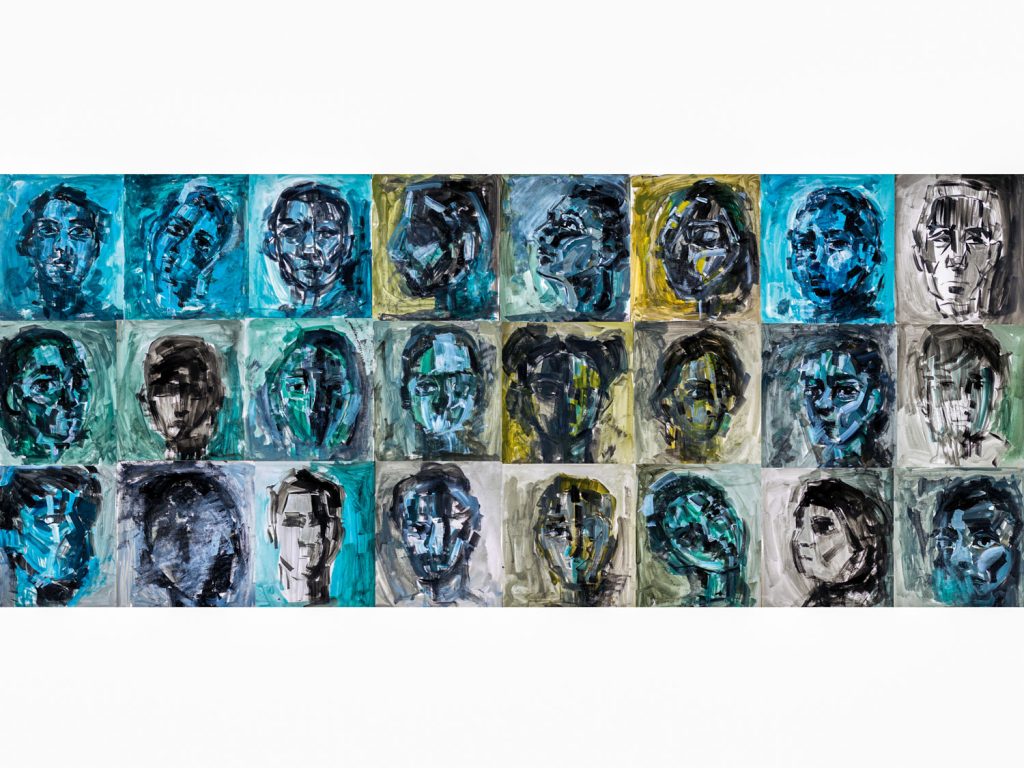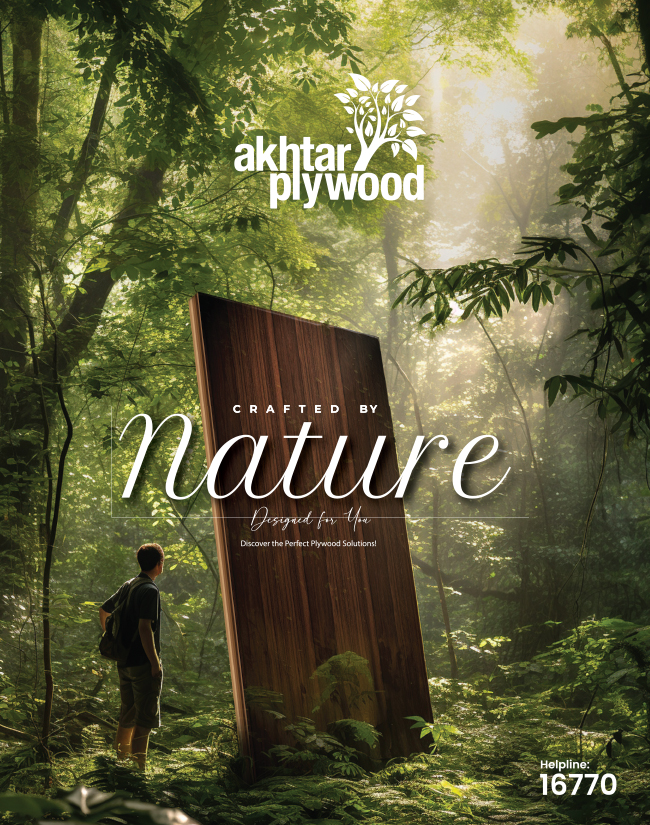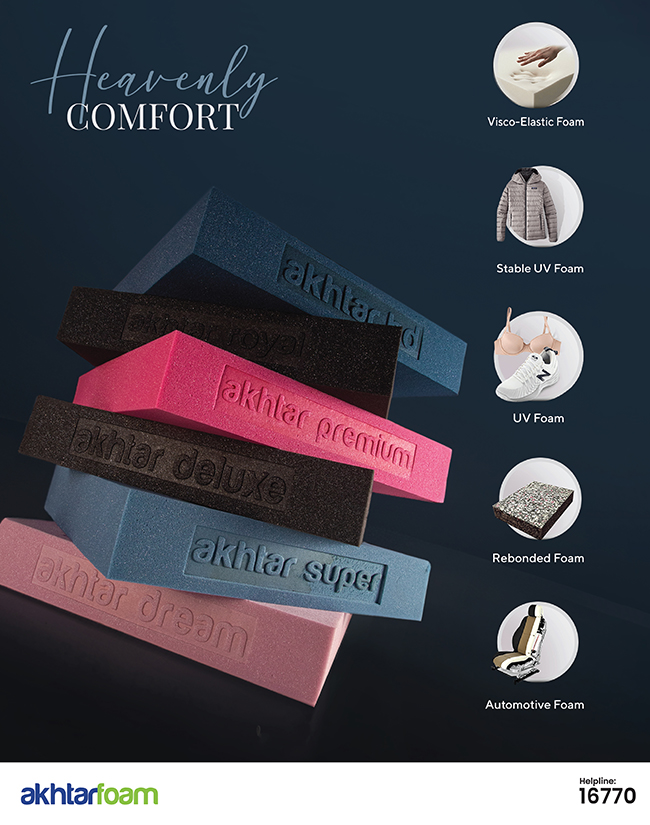Tracing Roots
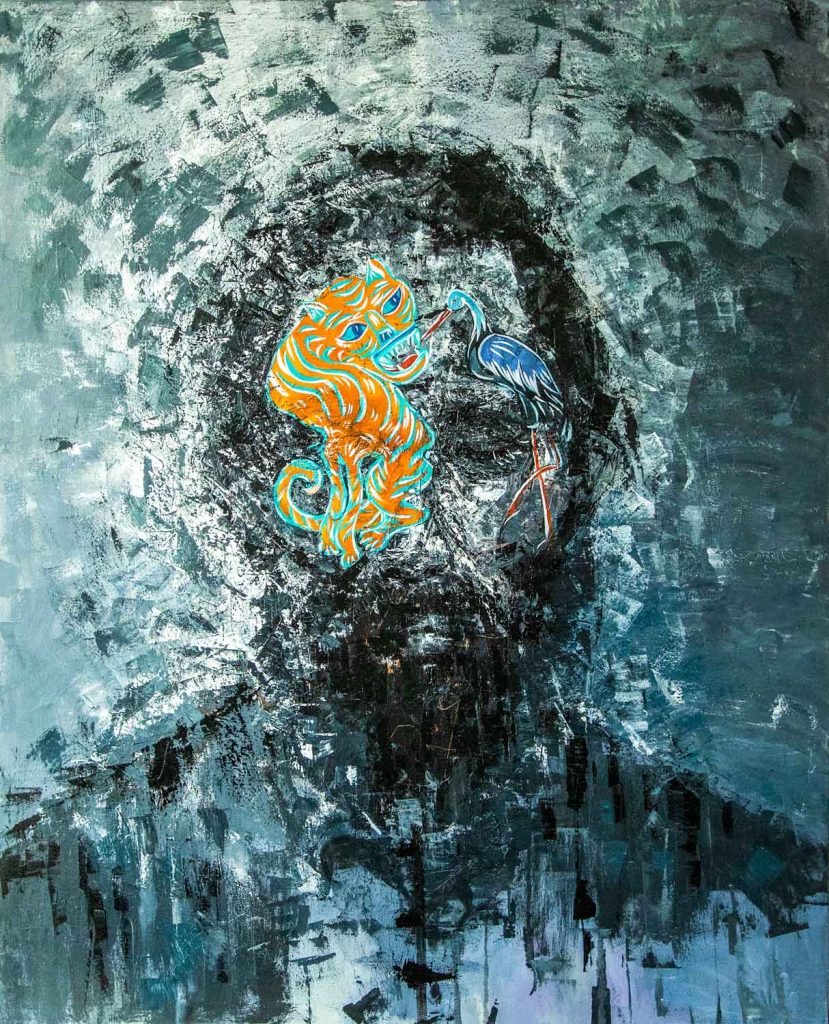
Azizee Fawmi Khan, a visual artist from Dhaka, channels the essence of Bangladesh’s culture and narratives into her art. Her world is where memories from yesterday meet today’s heartbeat, creating art that speaks both personally and universally. As a visual artist and curator, her work explores memory, identity, and cultural heritage, rooted in a deep connection to her familial and cultural past. Her art becomes a window into the stories of women, Tracing Roots, particularly those who have come before her: her mother, the women of Bangladesh’s folklore, and even those who have left an indelible mark on her own life.
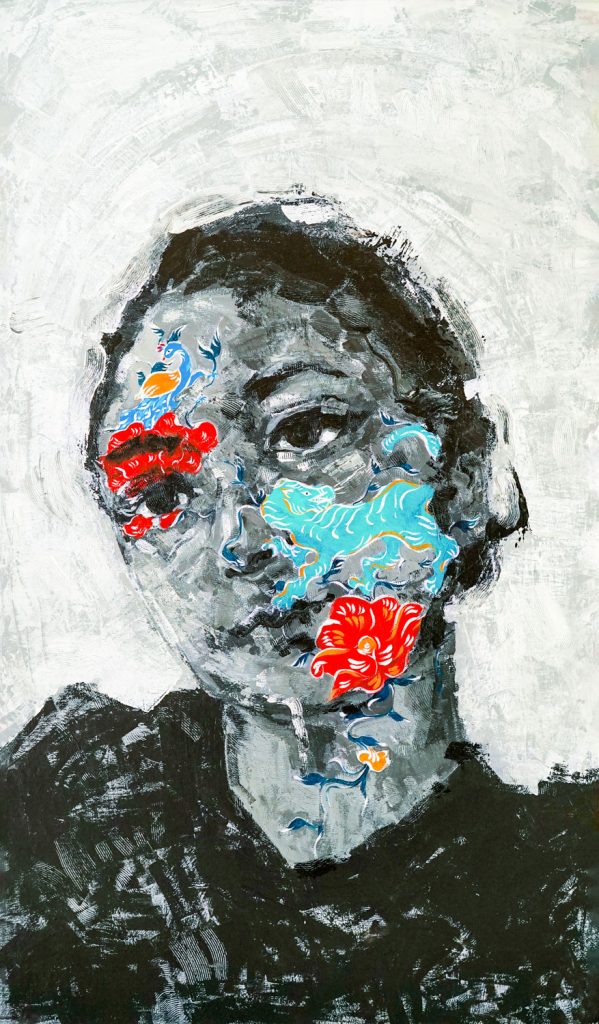
A big part of Azizee’s work comes from her time at Dhaka University’s Shamsunnahar Hall, where she lived with her roommates from different parts of Bangladesh. They became like sisters, sharing everything from late-night talks to the challenges of university life. “We were like embraced sisters,” she recalls. Many of these women have become her muses for her Portrait Series paintings. “I’ve known them for years, worked with them for years, and painted them for years,” she says. Their friendship and stories are a constant source of inspiration, making her portraits a true reflection of the deep connections they share.Azizee’s
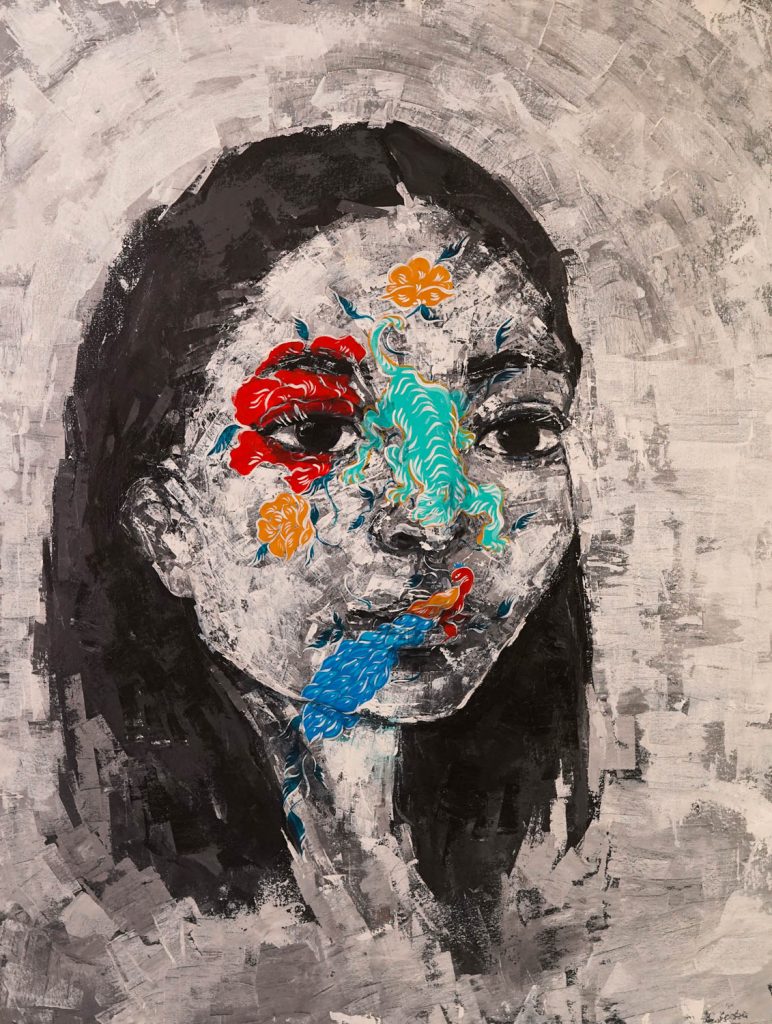
art reflects a journey of discovery, a process of unearthing personal and collective histories.
She blends traditional folk motifs with contemporary perspectives, creating a visual language that merges the timeless and modern. Her art explores the bond between mother and child, highlighting emotional, psychological, and cultural aspects of this relationship and key life transitions.
Beyond her own personal reflections, her art serves as a mirror to the broader cultural narratives that surround us.
Tracing Roots Her work is deeply rooted in Bangladesh’s rich history and folklore, where stories of women and their roles in society have been told for generations. These tales shape her art, helping her express her identity. Her art becomes a tribute to the women whose stories have not always been given the recognition they deserve.
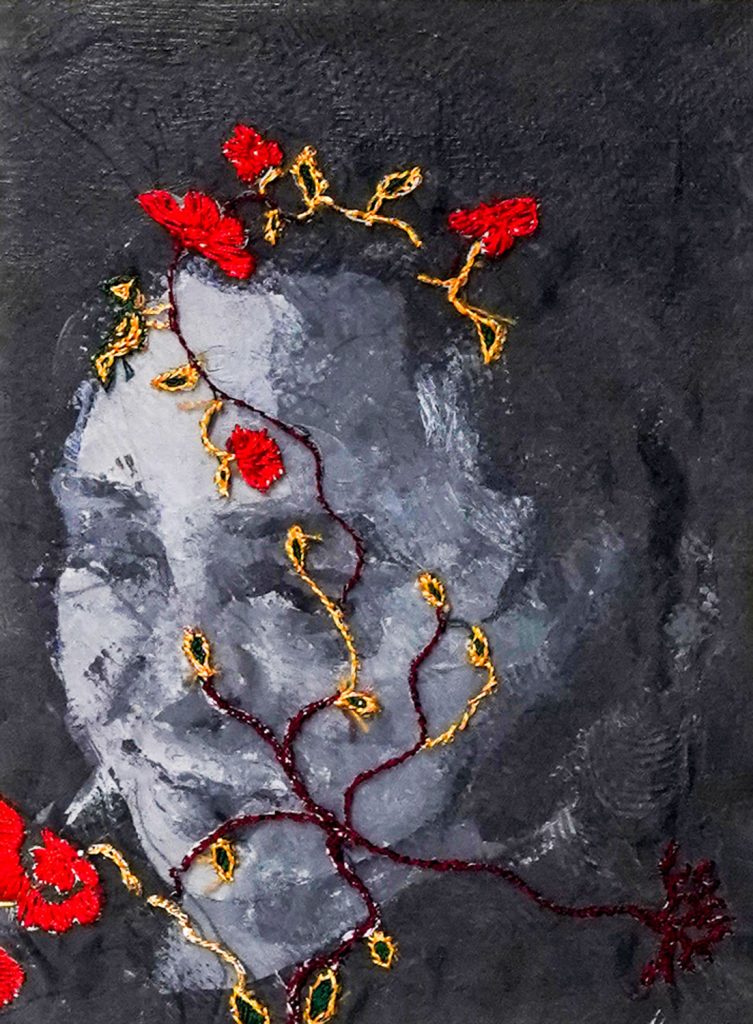
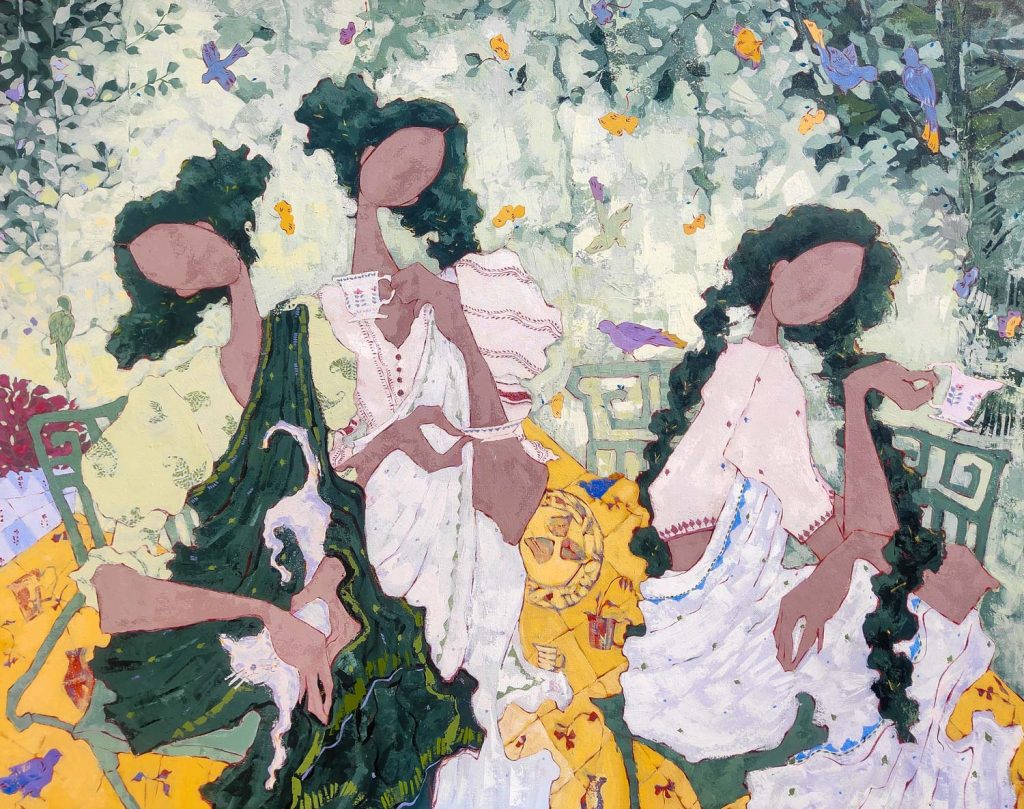
For her, this tribute goes beyond history and tradition; it’s about honoring the strong and hardworking women she personally knows. “My work is my way of giving tribute to the women in my life who have shaped me and inspired me,” she says. These women, with whom she has shared countless stories and experiences, have become her muses.Among them are her roommates, who came to Dhaka alone, leaving their families behind to build a life for themselves in the big city. Despite the struggles, they’ve found their way, showing incredible strength and determination. Another story she often reflects on is that of a close friend who has been taking care of her family from a young age.
Balancing the roles of a daughter, student, and part-time worker, she has learned to juggle many responsibilities, often putting others before herself.
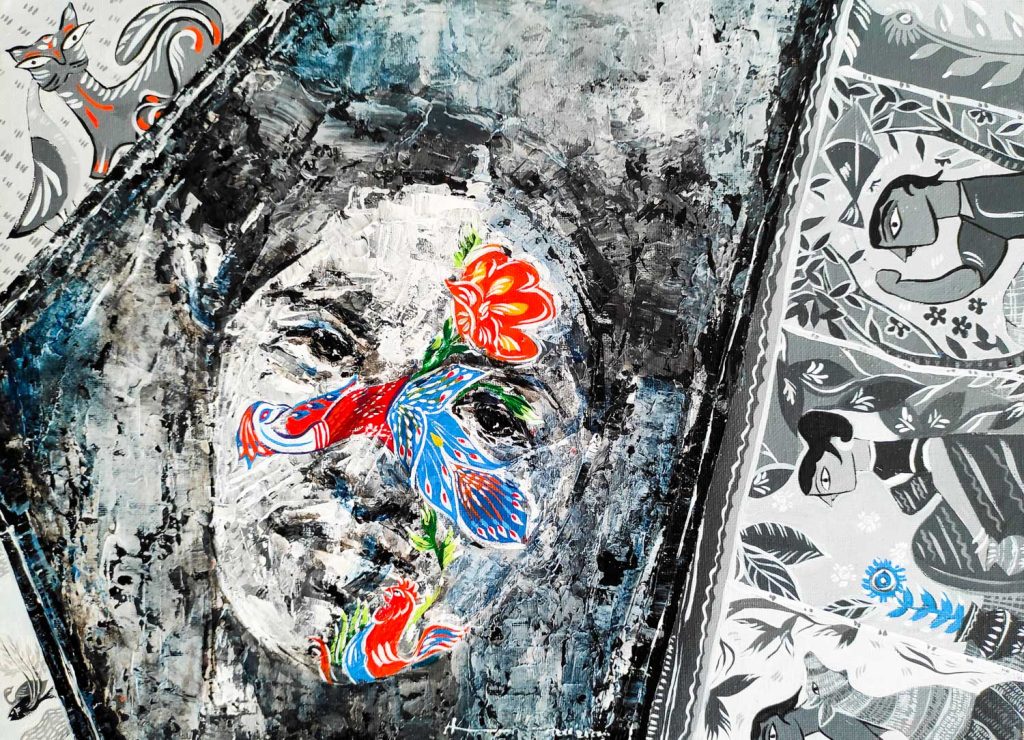
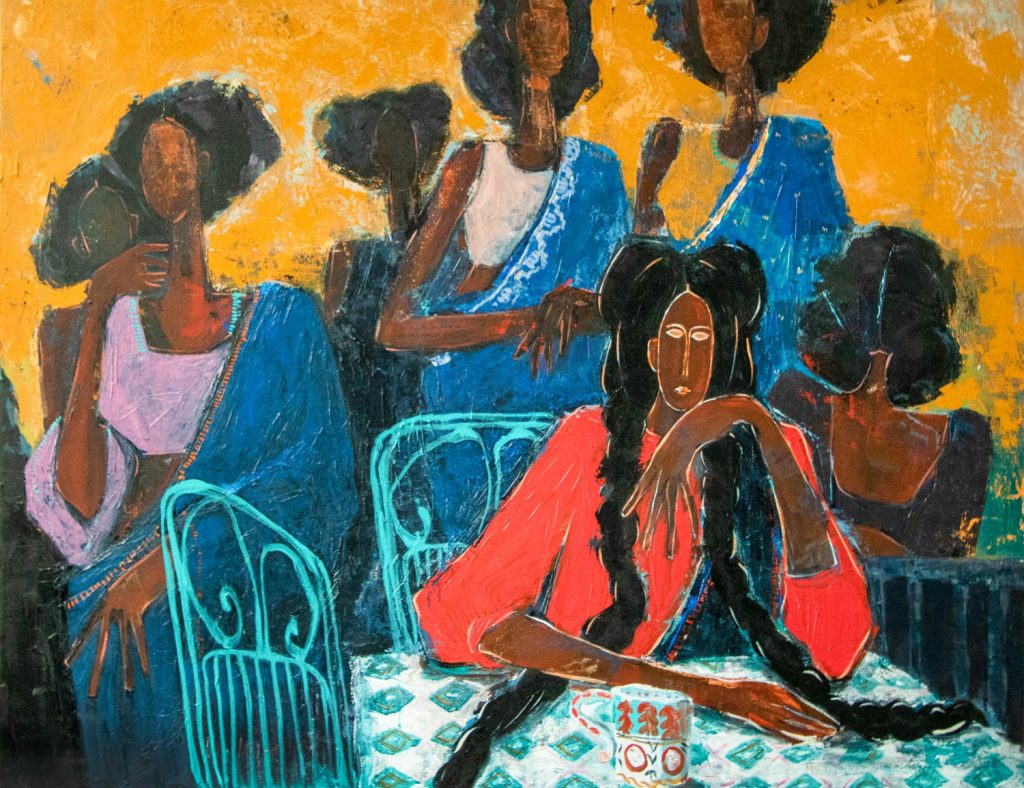
These stories are extraordinary to her. “Through my art, I want to celebrate these women, who face challenges every day but still stand strong, even when no one is looking”, she says.
Tracing Roots Azizee pushes the boundaries of traditional art by blending new ideas and techniques. The Doob project exemplifies this, creating a platform for creative collaboration where artists could experiment and share work. It explored Dhaka’s ecological heritage, focusing on the city’s shift from nature to concrete and its impact on people. Azizee aimed to see how young artists would respond to this complex relationship between urban development and nature.
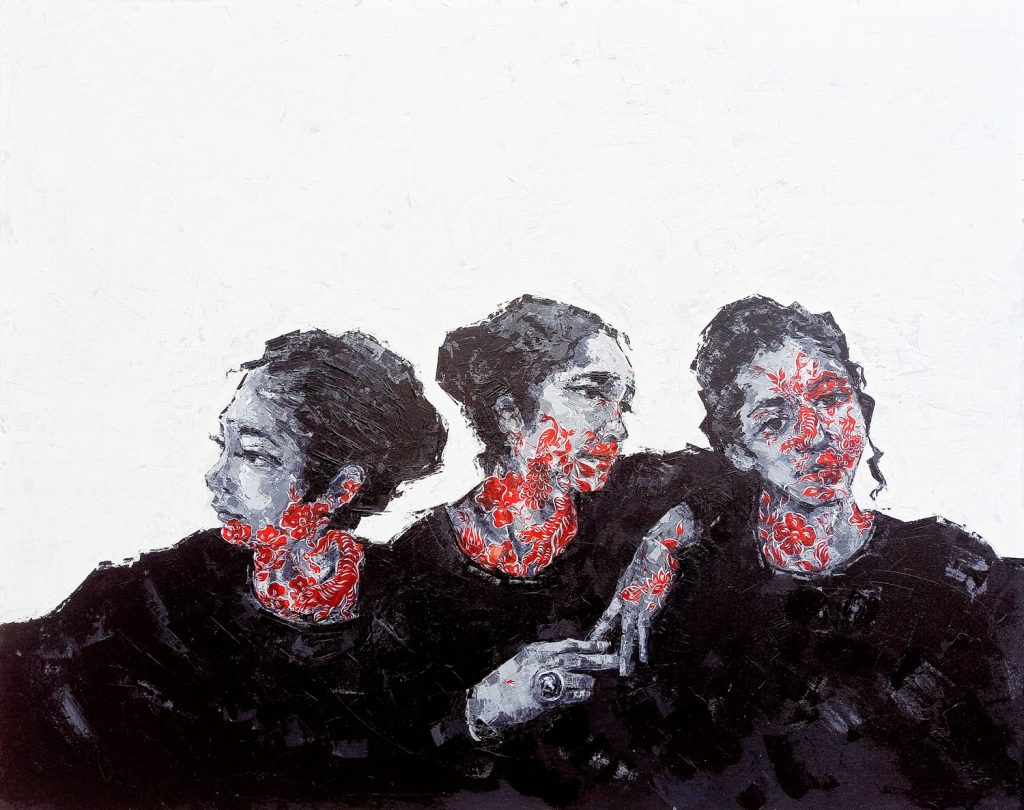
Although she was born in Dhaka and has lived here for the past fifteen years, the artist grew up in a village, and she believes that this rural upbringing deeply influences her art. “My connection to folk elements—like the motifs on traditional clay dolls (Matir Putul), Kantha stitches, Taanter Shari, and even Rickshaw art comes from my roots in rural life,” she reflects. This fondness for traditional art forms is something that has stayed with her, Tracing Roots a link to her past that continues to shape her artistic expression.
